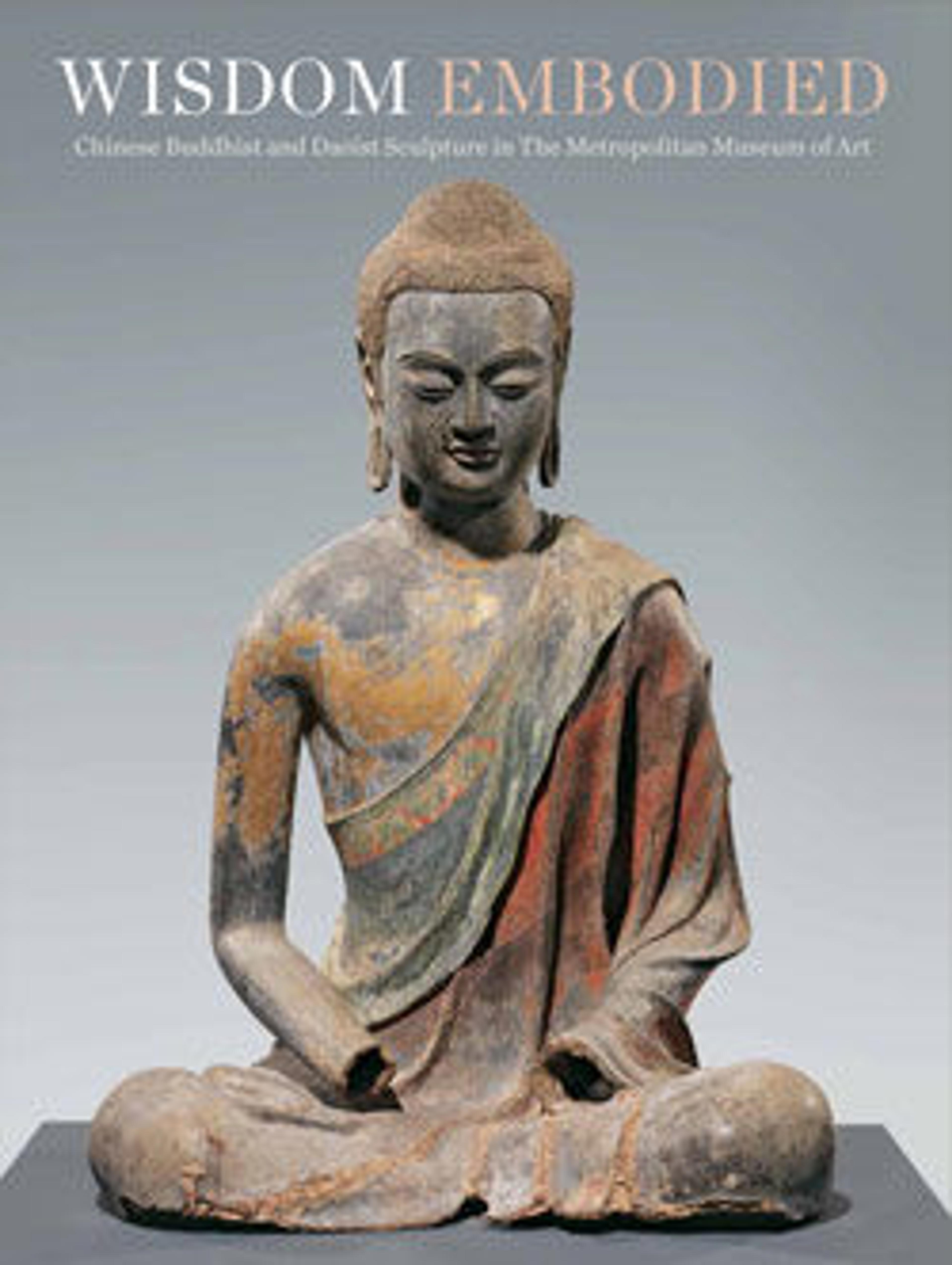Monk Sengqie
This sculpture is a rare representation of Sengqie (ca. 660–710), a monk from central Asia who founded a temple in Sizhou (modern Liuhuai, Anhui Province), on the south shore of the Huai River. Popularly known as the Monk of Sizhou, he was venerated after his death as an incarnation of Guanyin, the Bodhisattva of Compassion. During the Song dynasty, he became a cult figure revered for his power to prevent floods.
Artwork Details
- 北 宋彩繪石雕僧伽和尚像 (石灰石)
- Title: Monk Sengqie
- Period: Northern Song dynasty (960–1127)
- Date: late 11th–12th century
- Culture: China
- Medium: Limestone with pigment
- Dimensions: H. 35 in. (88.9 cm); W. 22 1/2 in. (57.2 cm); D. 20 1/2 in. (52.1 cm)
- Classification: Sculpture
- Credit Line: Gift of Evangeline Zalstem-Zalessky, 1943
- Object Number: 43.114
- Curatorial Department: Asian Art
More Artwork
Research Resources
The Met provides unparalleled resources for research and welcomes an international community of students and scholars. The Met's Open Access API is where creators and researchers can connect to the The Met collection. Open Access data and public domain images are available for unrestricted commercial and noncommercial use without permission or fee.
To request images under copyright and other restrictions, please use this Image Request form.
Feedback
We continue to research and examine historical and cultural context for objects in The Met collection. If you have comments or questions about this object record, please contact us using the form below. The Museum looks forward to receiving your comments.
